40 Years of Mercedes-Benz Assistance Systems
Four-wheeled partner
Digital technology found its way into the car in 1978 in the shape of the anti-lock braking system, marking the start of the partnership between vehicle and driver based on assistance systems. This partnership has gone from strength to strength ever since, with the introduction of ever more capable assistance systems.
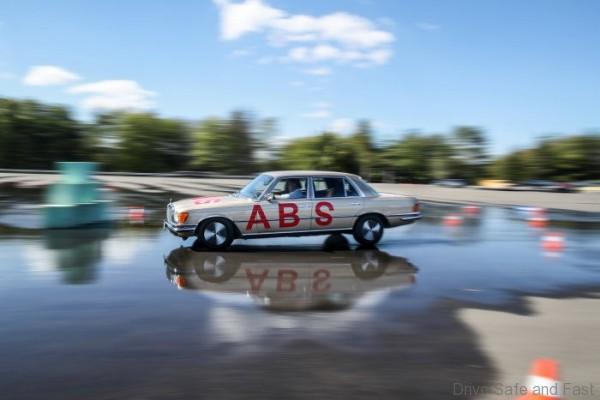
Four by four
4MATIC automatically engaging all-wheel drive was unveiled in 1985 – together with the automatically locking differential (ASD) and anti-spin control (ASR).
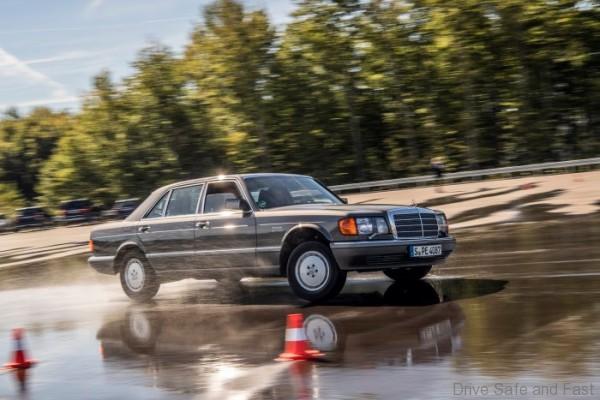
The message: the car became part of the thinking process in difficult driving situations.
Long line
Classic cable harnesses for the on-board analogue electrics and electronics had reached lengths of up to 2000 metres by the late 1980s. Things changed in 1990. The Mercedes-Benz 500 E (model series 124) was the world’s first production car to be equipped with the CAN bus for control unit networking. The Mercedes-Benz S-Class model series 140 was the first complete model range to feature this technology in 1991.
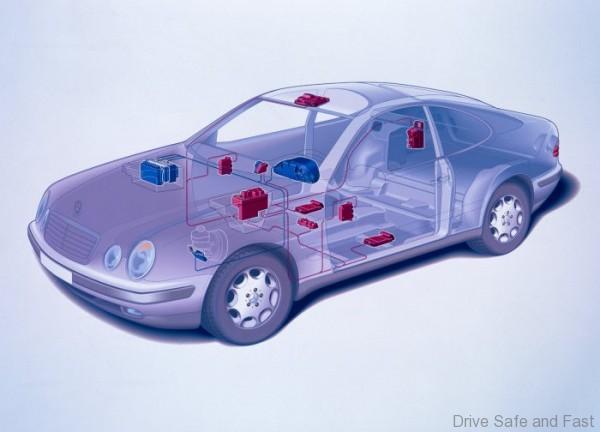
Test winner
The Electronic Stability Program ESP® premiered in 1995 in the S-Class. It was introduced for the A-Class in 1998, which subsequently passed even the most extreme of tests with aplomb. Mercedes-Benz was the world’s first manufacturer to introduce ESP® as standard for all its model series. After this, the number of Mercedes-Benz passenger cars involved in road accidents with serious consequences fell by more than 42 percent according to accident statistics.

Skywatchers
Mercedes-Benz had already been working on car navigation systems for many years – with increasing success. The breakthrough came when permission was given for civilian applications to use the GPS satellite data. A collaboration with Robert Bosch GmbH resulted in the Auto Pilot System APS, which premiered in the S-Class in 1995.
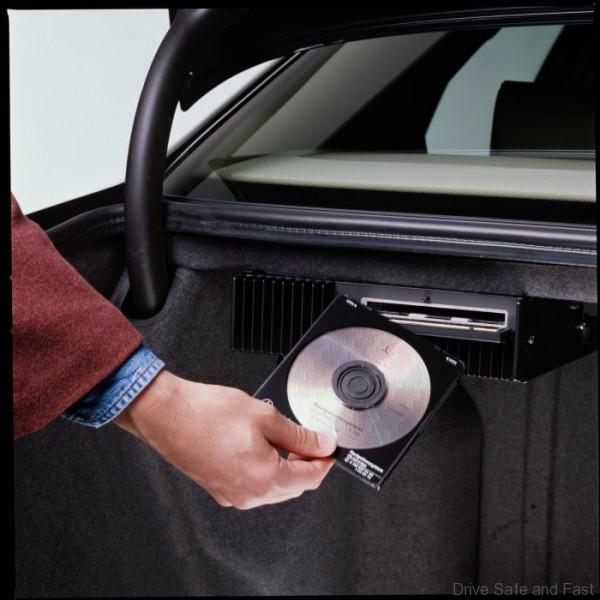
Obeys every command
SBS voice control (called LINGUATRONIC from 1997 onwards) had been available since 1996 (initially as an optional extra) and enabled the car to understand navigation destinations input by the driver.
Mobility through intelligence
In 2013 the Intelligent Drive concept pooled numerous assistance systems, using networking to make them even more effective – for the mobility of the future. The system undergoes constant development.
Keeping your distance
DISTRONIC premiered in 1998. For the first time, the car was able to brake and accelerate for the driver in flowing traffic. To do this, it used radar to measure the distance to the vehicle in front.
On command
Increasingly extensive in-car systems require a human-machine interface that is both effective and intuitive to use. The solution introduced in 1998 was called Mercedes-Benz COMAND (Cockpit Management and Data System, 1998).
Whole thing
The Integral Safety philosophy has been the focus intense debate at Mercedes-Benz since the turn of the millennium, particularly the linking of active and passive safety to create integral systems. The most important steps were PRE-SAFE® in 2002 and Intelligent Drive in 2013. In-house research delivered important findings for the development of the PRE-SAFE® anticipatory occupant protection system. This commitment by Mercedes-Benz since 1969 sets the benchmark in the industry.
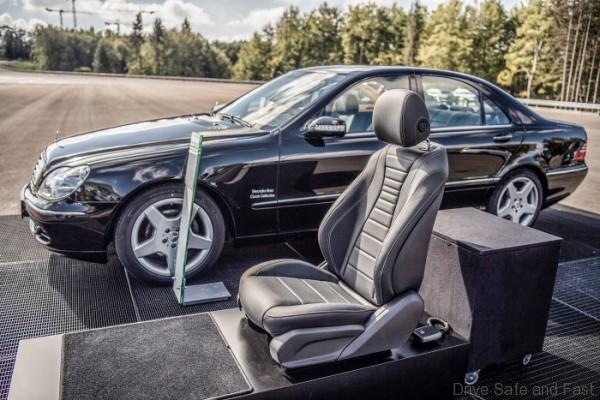
Adaptive and active
Mercedes-Benz assistance systems are getting more and more intelligent. Solutions that have the “Adaptive” attribute can adapt to the current situation. Systems that have the word “Active” in their name can intervene automatically in critical situations by applying the brakes or correcting the steering, for example.
All-round visibility
Early environmental sensors based on radar and ultrasound were joined by cameras. The 360 degree camera combining images from four cameras around the vehicle premiered in 2012.
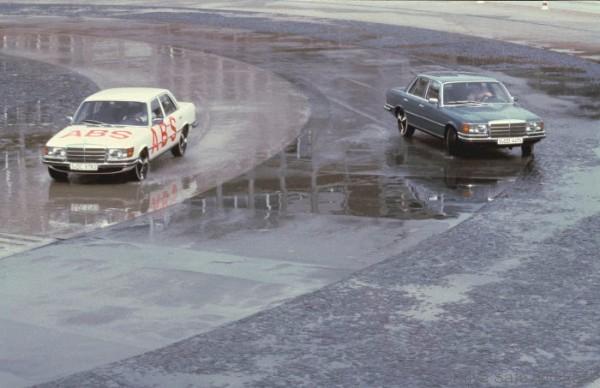
Headed for the future
In 2013, the highly automated S 500 INTELLIGENT DRIVE research vehicle drove through cities and along country roads from Mannheim to Pforzheim, following the route taken by Bertha Benz in 1888. The development of autonomous driving, which began back in the 1980s with the PROMETHEUS programme and research at the University of the German Federal Armed Forces, started to gather pace, bringing it closer to production standard. In 2013, Intelligent Drive was also the name given to the new network of assistance systems in Mercedes-Benz vehicles.
Park at the push of a button
The car has increasingly assisted the driver with parking since the introduction of the PARKTRONIC parking aid in 1995.
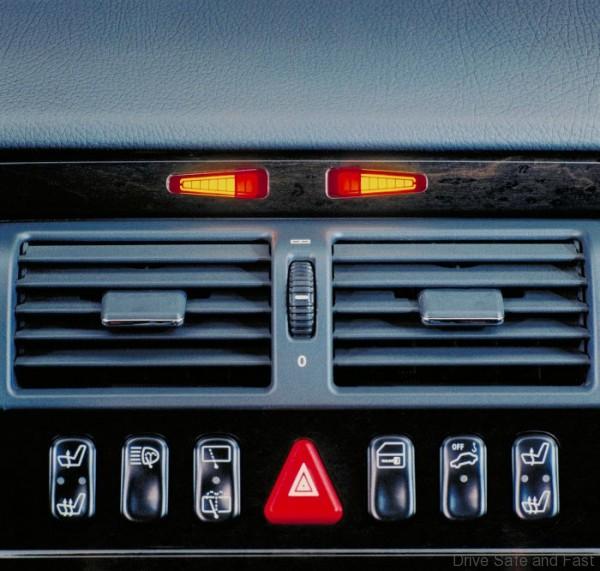
Global explorer
A test vehicle based on the S-Class spent five months on the road all over the world in 2017 and 2018 on the Intelligent World Drive. On this trip, the on-board systems learned how to deal with widely varying traffic conditions around the globe – an important step towards autonomous driving under extremely diverse conditions.

Future envoy
Never has the car been as competent as it is today. And never before has the compact-car segment offered as many digital assistance systems as in the new Mercedes-Benz A-Class from model series 177: It features the latest driving assistance systems with cooperative driver support and thus offers the highest level of active safety in its segment with functions from S-Class model series 222. The A-Class can also drive semi-autonomously in certain situations for the first time.














